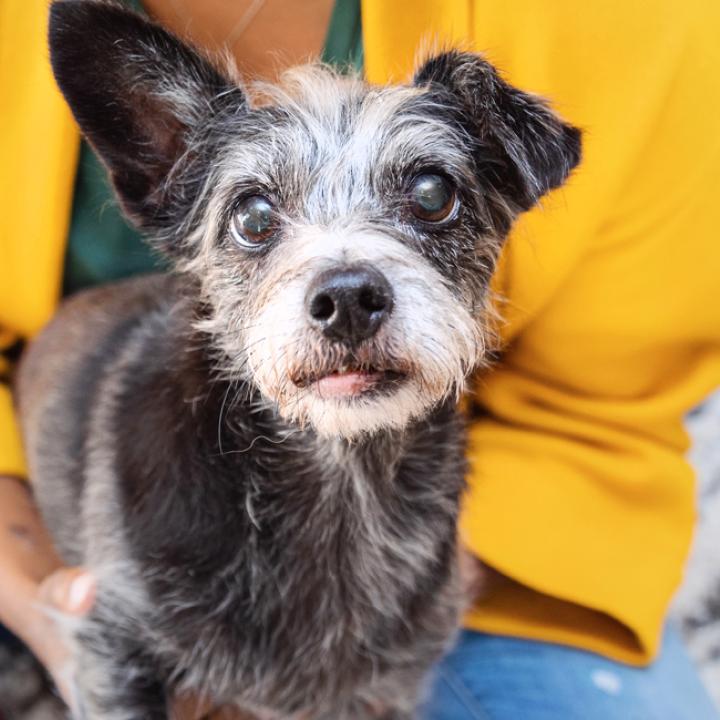
Strength — and transparency — in numbers
Knowing where we stand not only helps determine the best way to move forward, but it also helps track the progress we’re making together. Data plays an essential role to track this progress and ultimately to help us end the killing of adoptable cats and dogs simply because they don’t have homes.
We believe that being open and transparent about how we obtain information is equally important.
We call the goal of ending the killing in shelters “no-kill,” and one key component of reaching no-kill is Best Friends Animal Society’s nationwide data collection process.
This involves knowing how many shelters there are in America, reaching out to every shelter, and recording the number of animals a shelter takes in each year and the number of pets saved.
It’s this data that helps us see where pets need us the most and informs us as to where we should focus our attention and lifesaving efforts. See how your community is doing saving the lives of pets.
How to understand our data
Best Friends strives to be transparent about the information we share.
Where our data comes from
We collect data from eight hubs around the country where we’re taking animals into our direct care: The Best Friends East Coast Corridor; Houston; Best Friends Animal Sanctuary in Kanab, Utah; Los Angeles; Northwest Arkansas; and Salt Lake City.
The Best Friends East Coast Corridor
By moving homeless pets out of shelters and into foster homes along the East Coast, we’re making more space in shelters to save the lives of animals most in need.
The save rate reflects the percentage of animals received and saved in a particular year, while also factoring in the loss of those animals who may have died after previous years of care.
Best Friends in Houston
Best Friends works with local shelters and rescue groups in Houston and the surrounding area to help more pets find homes and keep more pets at home with their families.
The save rate reflects the percentage of animals received and saved in a particular year, while also factoring in the loss of those animals who may have died after previous years of care.
Best Friends Animal Sanctuary in Kanab
The Sanctuary is a safe haven for up to 1,600 animals on any given day, offering every animal the utmost in care and the best chance to thrive.
The save rate reflects the percentage of animals received and saved in a particular year, while also factoring in the loss of those animals who may have died after previous years of care.
Best Friends in Los Angeles
Best Friends’ lifesaving center in Los Angeles saves thousands of lives each year — including newborn kittens, some of the most at-risk pets in L.A. shelters.
The save rate reflects the percentage of animals received and saved in a particular year, while also factoring in the loss of those animals who may have died after previous years of care.
Best Friends in Northwest Arkansas
Best Friends supports Northwest Arkansas shelters and rescue groups with lifesaving grants and support.
The save rate reflects the percentage of animals received and saved in a particular year, while also factoring in the loss of those animals who may have died after previous years of care.
Best Friends in Utah
In Salt Lake City, Best Friends runs a pet adoption center, a spay/neuter clinic, a community cat program, and a newborn kitten care program serving the entire state of Utah.
The save rate reflects the percentage of animals received and saved in a particular year, while also factoring in the loss of those animals who may have died after previous years of care.